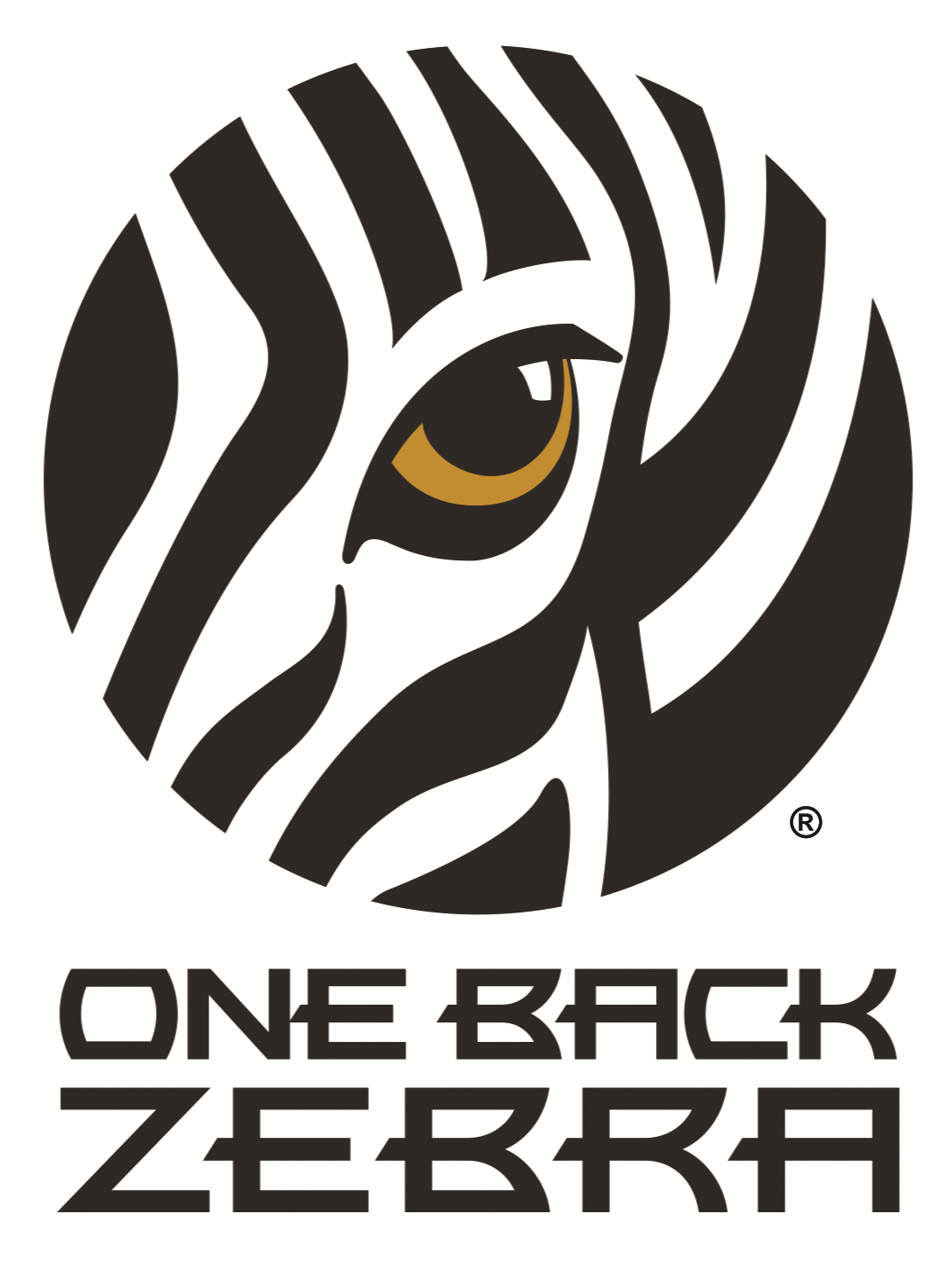Our Story
One Back Zebra was devised by two fathers who dealt with dangers that most parents never have to ponder when they traveled with American children on a service trip to Kenya in 2014.
After witnessing an explosion at a Kenyan marketplace, one of the fathers realized that average American workers are not situationally aware enough to protect themselves or their customers from a random act of workplace violence or, what's worse, a planned one.
Deep in the Maasai Mara our founders watched a zebra warn its herd about the approach of a lion just by using its ears and making quiet sounds. When the lion finally pounced out of the tall grass, the zebras were already running.
Our founders returned to the US with a plan to create a safety seminar company that would bridge the gap between the psychology of violence prevention and modern techniques of emergency response.
All OBZ instructors, consultants and advisors have reached the pinnacle of their respective professions and share a collective desire to preempt workplace violence in their community.
One Back Zebra's methodology was written by top-tier law enforcement officials and clinical and organizational psychologists. All of our trainers are certified by federal or regional law enforcement agencies.
THE ONEBACK ACRONYM -- SURVIVAL METHODOLOGY
Observe - our training will help your employees identify erratic behavior that could be a precursor to violence
Notify - we will help you devise protocols that will help your employees make the right decisions
Evacuate - fast action is always the best way to save lives
Barricade - what can be done if you can't get out?
Act - there are always actions that anyone can take to be a hero – but what are they?
Care - how to save lives – especially techniques to prevent major blood loss
Keep - a crime scene must be kept pristine; no evidence can be touched
WHY THE "ZEBRA"?
Zebras are extremely social animals who move about in a herd and work with each other to preempt and mitigate coordinated attacks from predators. When they sense a threat, zebras communicate (observe and notify) by subtle facial expressions and ear movements. When the threat is imminent, zebras excitedly bray and bark. They will stampede (Evacuate) or form a circle around a wounded zebra to scare off the predator (Barricade). They will even attack (Act) if the predator tries to strike the wounded zebra again (Care).




